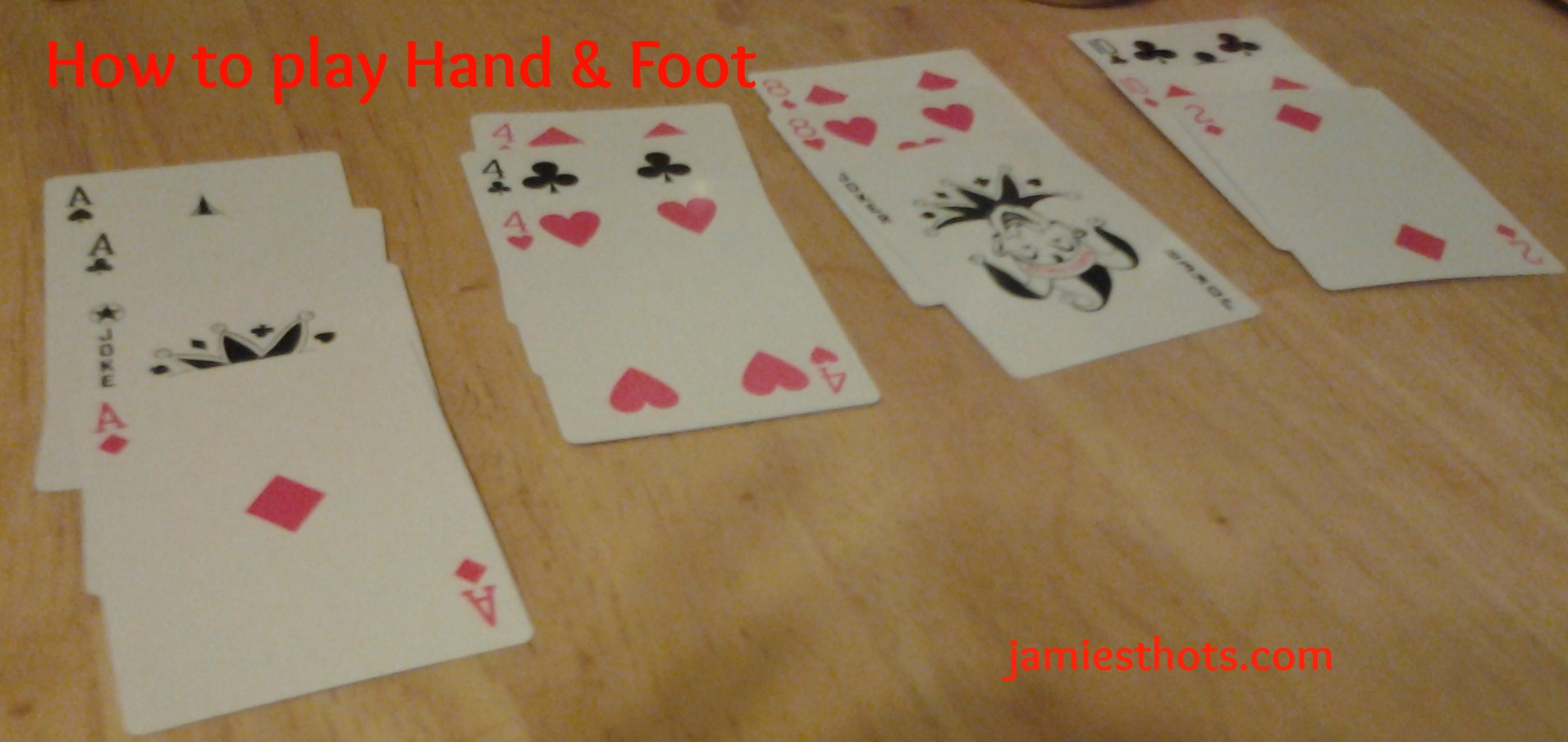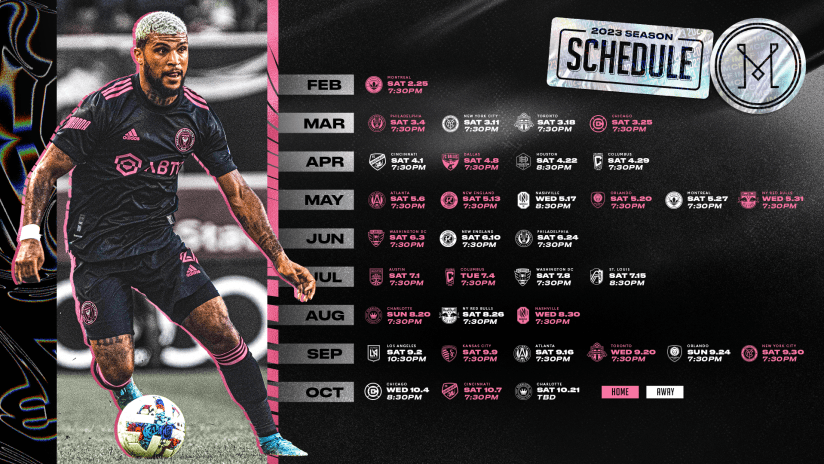Topic Hand and Foot Card Game: Welcome to the exciting world of the Hand and Foot Card Game! Discover the rules, strategies, and endless fun of this classic card game in our comprehensive guide. Whether you"re a beginner or a seasoned player, this article has something for everyone.
Table of Content
Introduction to Hand and Foot Card Game

READ MORE:
How to Play Hand and Foot
The Hand and Foot card game is played over four rounds, where players aim to get rid of all their cards by forming melds and completing books. The game begins with the dealer shuffling and cutting the deck, followed by each player being dealt two sets of 11 cards - the "Hand" and the "Foot".
Setting Up the Game
- Players form teams and sit facing each other.
- Each player is dealt two sets of 11 cards - the first set is the "Hand" and the second is the "Foot".
- The remaining cards form the "Stock" pile in the center, with the top card turned up to start the discard pile.
Gameplay
- The game starts with the player to the left of the dealer.
- Each turn begins with the player drawing two cards from the stock or the discard pile.
- Players aim to form melds - a set of 3-7 cards of the same rank. Melds can include wild cards (Jokers and 2s), but cannot contain more wild cards than natural cards.
- A meld becomes a "Book" or "Closed Pile" when it contains seven cards. Clean Books (no wild cards) and Dirty Books (with wild cards) have different point values.
- Players continue to play their "Hand" until they can pick up their "Foot" and continue melding.
- The round ends when a player goes out, meaning they have gotten rid of all cards in their "Hand" and "Foot".
Scoring
Points are scored from the cards in melds, completed Books, and red threes. The team with the highest score after four rounds wins the game.
Special Rules
- Red and black threes have special rules and point values.
- Players must meet a minimum point requirement for their initial meld each round.
- There are specific rules for drawing from the discard pile and for going out.
Strategies
There are several strategies that can make the game more enjoyable and increase your chances of winning. These include:
- Organizing your cards into potential melds early in the game.
- Using wild cards judiciously, especially in the later stages of the game.
- Being cautious when drawing from the discard pile, as it may contain unwanted threes.
Conclusion
Hand and Foot is a fun and engaging card game that combines strategy with luck. By understanding the rules, mastering the gameplay, and employing effective strategies, players can enjoy this game with friends and family.
How to Play Hand and Foot
Play: Get ready to unleash your inner child and dive into the world of play! This captivating video will transport you back to the carefree days of your youth, as you explore the endless possibilities and pure joy that come from simply playing.
How to Play Hand and Foot
Hand and Foot: Are you ready to put your hand-eye coordination to the test? Join us in this exciting video as we uncover the secrets of the exhilarating hand and foot game. Discover the thrill of strategic thinking combined with lightning-fast reflexes that will keep you on the edge of your seat!
How to Play Hand and Foot: Card Games
Card Games: Welcome to a world where luck, strategy, and skill meet. In this captivating video, we delve into the fascinating realm of card games, where every move counts and the stakes are high. Unveil the secrets behind the most popular card games of all time and embark on an unforgettable journey of excitement and competition.
Rules and Variations
Basic Rules
Hand and Foot is a variation of Canasta. The game is generally played in teams with a standard set of rules for drawing, melding, and discarding cards.
Card Values
- Jokers: 50 points (Wild Card)
- Deuces and Aces: 20 points (Wild Cards for Deuces)
- Kings through Eights: 10 points
- Sevens through Fours: 5 points
- Black Threes: 5 points each (cannot be used in melds)
Melding
Melds consist of 3-7 cards of the same rank. Wildcards (jokers and 2s) can be used in any meld, but a meld cannot have more wildcards than natural cards. Melds are either "clean" or "dirty" based on the inclusion of wildcards.
Playing the Hand and Foot
Players start with their "Hand" pile and move to the "Foot" pile after finishing the "Hand". The goal is to get rid of all cards in both piles by forming melds.
Discarding and Picking Up Cards
Players can draw from the stockpile or the discard pile under specific conditions, and each turn ends with a discard. Special rules apply to black threes and red threes regarding discarding and scoring.
Going Out
To "go out" and end the round, a player must get rid of all cards and meet certain conditions, like having at least one clean and one dirty meld.
Scoring
Points are scored from the card values in melds, completed Books, and certain types of threes. Teams compete to accumulate the highest score over four rounds.
Game Variations
Several variations of Hand and Foot exist, each with its own unique twist on the standard rules:
- Hand, Knee, and Foot: A variation played by up to eight participants in teams of two. It uses a larger deck and has a slightly different dealing method and play strategy.
- Picking up the Foot: Different methods exist for picking up the "Foot" pile, either immediately after the "Hand" is finished or at the start of the next turn.
- Discard Pile Rules: Specific rules govern the use of the discard pile, especially concerning black threes and the requirement to meld the top card.
- Canasta Requirements: Some variations impose restrictions on the types of canastas (or books) that can be formed and when they can be picked up from the discard pile.
Advanced Strategies
Effective strategies in Hand and Foot involve careful card management, strategic discarding, and optimal use of the discard pile. Players should consider melding strategies and the timing of picking up the "Foot" pile.
Conclusion
Understanding the rules and variations of Hand and Foot is crucial for enjoying this engaging and strategic card game. Whether playing the standard version or exploring its variations, Hand and Foot offers a rich gaming experience.
Scoring and Strategies
The Hand and Foot Card Game is an engaging and strategic game that involves various scoring methods and strategies. Players work to create melds and books while managing their hand and foot cards. The game is typically played in four rounds, and scoring combines points from card values, melds, and bonuses.
Scoring System
- Card Values: Cards have different point values - Jokers are 50 points each, Aces and 2s are 20 points, Kings to 8s are 10 points each, and 7s to 3s are 5 points each.
- Melds: Melds are sets of cards of the same rank. A clean meld (no wild cards) and a dirty meld (with wild cards) score differently. A clean meld (red book) scores 500 points, while a dirty meld (black book) scores 300 points.
- Bonus Points: Teams receive bonus points for specific achievements like "Going Out" which awards 100 points.
- Red Threes: Each red three in a team’s melds is worth 100 points.
- Round Points: The game has variations in round points, increasing the minimum required points for initial melds in each round (50, 90, 120, 150).
Strategies
- Building Melds: Focus on creating melds and books. Remember, you can"t have more wild cards than natural cards in a meld.
- Discard Pile: Use the discard pile to your advantage. Discard cards that block your opponent"s potential melds.
- Going Out: Aim to go out early if you have a lot of melds, securing a 100-point bonus.
- Anticipating Opponents: Pay attention to your opponents" moves and try to anticipate their strategies. Block them by discarding cards they need or by duplicating their melds.
Game Variations
Hand and Foot has several variations like New York, Mississippi, and Chicago Hand and Foot, each with unique rules and gameplay twists.
Social Play
Hand and Foot is a great game for social gatherings, offering a mix of strategy, teamwork, and fun. It"s an excellent way to enjoy time with friends and family.
Conclusion
With its blend of strategy, skill, and luck, Hand and Foot offers an entertaining and challenging card game experience. Remembering the scoring rules and employing effective strategies can greatly enhance your gameplay and enjoyment.
Gameplay and Tips
The Hand and Foot card game, a variant of Canasta, is played using multiple decks of cards, usually two per player. It"s a team-based game where players aim to create melds of cards, which are sets of three or more cards of the same rank or a sequence of cards in the same suit. The ultimate goal is to score points and get rid of all cards in both the hand and foot.
Basic Gameplay
- Each player is dealt two sets of 11 cards, known as the "hand" and the "foot."
- Players draw two cards from the stockpile or the entire discard pile under specific conditions.
- Melding involves placing down sets of cards of the same rank. Melds start with three cards and can grow, but they must always have more natural cards than wild cards (jokers and twos).
- Each turn ends with the player discarding one card.
- Players move to their "foot" once they have played all cards in their "hand."
- The round ends when a player has used all cards in both their hand and foot, following specific going out conditions.
Scoring
Points are scored through card values in melds and for completing books of cards. Different types of melds (clean and dirty) score differently, with clean melds (without wild cards) being more valuable. Red threes have special scoring rules, and black threes are typically used strategically to block opponents.
Strategic Tips
- Communication: Share your card situation and strategy with your teammate.
- Focus on High-Value Cards: Prioritize forming melds with high-value cards for more points.
- Hold Key Cards: Use cards like threes and sevens strategically to hinder your opponents.
- Adaptability: Stay flexible and adjust your strategy as the game progresses.
Conclusion
Hand and Foot is a dynamic game that combines strategy, skill, and a bit of luck. Understanding the nuances of melding, scoring, and teamwork is key to enjoying and succeeding in this game.
.jpg)
History and Evolution
The Hand and Foot card game, a variation of Canasta, has an intriguing history that mirrors the evolution of many popular card games. Its roots can be traced back to the mid-20th century, growing out of the Canasta craze that swept the world.
Origins
Hand and Foot originated in North America. Its unique feature, distinguishing it from traditional Canasta, is the use of two sets of cards for each player – the "hand" and the "foot." The game saw a surge in popularity in the 1970s and 1980s, with its own specialty decks emerging during this period.
Development
The game was notably popularized by Durwood and Joyce Miller. Living in Indonesia without access to many entertainment sources, they adopted card playing, especially Hand "n Foot, as their pastime. They encountered various versions of the game, leading Joyce Miller to write down a standardized set of rules. The Millers later trademarked the game and started producing specialized cards in 1989.
Global Spread
Hand and Foot gained international popularity alongside Canasta, which was created in the 1930s. Canasta itself became a global sensation in the 1950s, laying the groundwork for variations like Hand and Foot to thrive.
Variations
Over time, numerous variations of Hand and Foot have developed, each with its own set of rules. These include New York Hand and Foot, Mississippi Hand and Foot, and Chicago Hand and Foot, among others. Each variation adds unique elements and rules to the basic structure of the game.
Cultural Impact
As a social card game, Hand and Foot has played a significant role in bringing people together for entertainment. It remains a popular choice for family gatherings and social events, embodying the spirit of traditional card games while offering its unique challenges and enjoyment.
Conclusion
Hand and Foot"s history is a testament to the enduring appeal of card games in social settings. Its evolution from Canasta, adaptation by the Millers, and the variety of versions available today showcase its flexibility and the continuing interest in card game innovation.

Fun Facts and Trivia
- Origins: Hand and Foot card game was popularized by Durwood and Joyce Miller who learned the game in Indonesia. The game was most popular among their local community, despite having no standardized set of rules, which often changed mid-game!
- Wild Cards: In Hand and Foot, jokers and twos are used as wild cards to substitute any card in a meld, adding a twist to the gameplay.
- Special Cards: Red threes have a unique role in the game. When drawn, they must be immediately laid on the table and replaced by drawing a new card. They also offer bonus points at the end of each round.
- The “Frozen” Pile: If a player can"t meld any cards during their turn, their pile is considered “frozen,” preventing them from playing further cards until they can meld.
- Teamwork: The game emphasizes communication and teamwork, especially in team play, where players need to strategize together to win.
- Canastas: A key strategy in the game is creating canastas, which are melds containing seven or more cards, scoring additional bonus points.
- Game Variations: There are several variations of Hand and Foot, including Classic, Oklahoma, and Wisconsin, each with unique rules and gameplay elements.
- Tournaments: Hand and Foot tournaments are held worldwide, attracting skilled players and card game enthusiasts.
- Family Game: With its simple rules and engaging
- Hand and Foot Card Game
- Fun Facts and Trivia
- Origins: Hand and Foot card game was popularized by Durwood and Joyce Miller who learned the game in Indonesia. The game was most popular among their local community, despite having no standardized set of rules, which often changed mid-game!
- Wild Cards: In Hand and Foot, jokers and twos are used as wild cards to substitute any card in a meld, adding a twist to the gameplay.
- Special Cards: Red threes have a unique role in the game. When drawn, they must be immediately laid on the table and replaced by drawing a new card. They also offer bonus points at the end of each round.
- The “Frozen” Pile: If a player can"t meld any cards during their turn, their pile is considered “frozen,” preventing them from playing further cards until they can meld.
- Teamwork: The game emphasizes communication and teamwork, especially in team play, where players need to strategize together to win.
- Canastas: A key strategy in the game is creating canastas, which are melds containing seven or more cards, scoring additional bonus points.
- Game Variations: There are several variations of Hand and Foot, including Classic, Oklahoma, and Wisconsin, each with unique rules and gameplay elements.
- Tournaments: Hand and Foot tournaments are held worldwide, attracting skilled players and card game enthusiasts.
- Family Game: With its simple rules and engaging gameplay, Hand and Foot is suitable for family game nights, offering fun and interaction for all ages.
- Online Play: Hand and Foot has also entered the digital age, allowing players to enjoy the game online against opponents worldwide.
- ```
READ MORE:
Community and Social Play
Hand and Foot card game is not just about strategy and skill, but also about fostering a strong sense of community and social interaction. This game, often played in teams, is a popular choice for gatherings, parties, and family events. Its engaging nature makes it an ideal medium for social bonding and fun.
Playing with Partners
- Hand and Foot is typically played as a partner game, making it a collaborative and communicative experience.
- In team settings, players work together to decide on strategies and plays, enhancing teamwork and social interaction.
Online Platforms
The game has adapted to the digital age, allowing players to enjoy Hand and Foot online. Platforms like CardzMania and Board Game Arena offer online versions of the game, where players can compete with friends or global opponents, fostering a wider community of players.
Social Gatherings and Events
Hand and Foot is a great game for social gatherings. It’s a fun and low-pressure game that is accessible to players of all skill levels. Hosting a Hand and Foot game night can be a memorable way to bring people together, strengthen relationships, and create lasting memories.
Variations and Adaptability
With its numerous variations like New York Hand and Foot, Mississippi Hand and Foot, and others, the game offers diverse experiences. These variations add to its appeal across different social groups and settings.
Community Feedback and Evolution
Hand and Foot players often share feedback and suggestions for new features or variations, contributing to the game"s continuous evolution. This aspect highlights the vibrant and engaged community surrounding the game.
















